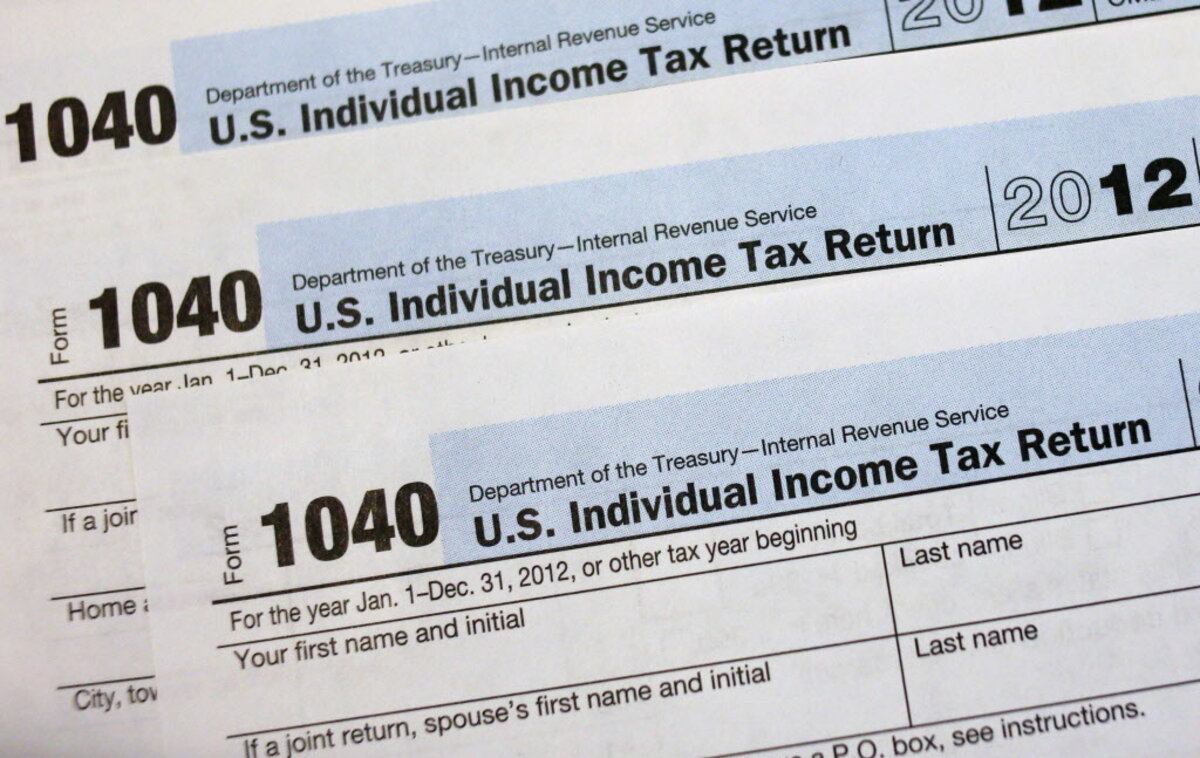Could a tax break encourage exercise?
Loading...
“Here’s why your golf purchases could become tax deductible.” The Golf Digest headline popped up in my review of tax news a couple of weeks ago. Tax policy can be confusing, but this blew my mind. I married into a family of golfers, and I like golf (sometimes I even love it), but how on earth could my husband or I deduct the cost of our golf purchases?
The answer: The Personal Health Investment Today Act, or PHIT Act. It would expand the definition of medical care expense to include participation in certain fitness clubs and other athletic pursuits. Expanding the definition also would allow you to use a pre-tax medical savings account, such as a Flexible Savings Account, to buy sporting equipment. Like golf clubs. The very idea renders the Tax Hound nearly speechless. Lucky for you this hound can still type.
Illinois Republican introduced the PHIT Act . Seven Republicans and three Democrats cosponsored it. Most recently, Louisiana Republican and current chair of the Ways & Means Tax Policy Subcommittee Charles Boustany . The bill gained support over time: It has 48 Democratic and 35 Republican cosponsors.
The bill would amend the Internal Revenue Code to “allow a medical care tax deduction for up to $1,000 ($2,000 for a joint return or a head of household) of qualified sports and fitness expenses.” Certain medical expenses are already reimbursable through pre-tax medical accounts or FSAs available through an employer. In a nutshell, the bill would include reimbursement for the cost of sports equipment and gym memberships. There are some limitations: A single item can’t cost more than $250, nor can an item be clothing or shoes. And you can’t be reimbursed for joining a club that offers hunting, horseback riding, sailing, or golf. But youcan buy a putter or a wedge.
Why? Jim Baugh, head of , a 501(c)(4) organization that lobbies for the PHIT Act, that “It’s been proven through the years that tax incentives, such as mortgage deductions and pre-tax accounts, have been very influential in America’s life. The biggest thing we want to do is find a way for the federal government to give Americans an incentive be physically active.” He wants deductible medical expenses to include preventive health care, specifically physical activity, which would include equipment used to play golf.
More physical activity is certainly a good thing. The Centers for Disease Control and Prevention found that health care costs per capita climbed by 27 percent between 1987 and 2001 because of the increased number of obese and overweight Americans. Speaking from my own experience, golf can be a very physically demanding game—especially if you carry your own bag and walk. You burn an over the course of four to five hours if you do that. (Of course, an estimated use carts.)
Tax incentives—or tax expenditures—like the mortgage interest deduction (MID) have been influential in America’s life, as Baugh says. The thing is, the MID or those at the high end of the income distribution. PHIT America’s focus, however, is on pre-tax medical accounts. Do they face the same issue?
TPC has not done a formal distributional analysis of pre-tax medical accounts like FSAs or other tax-advantaged health savings programs. But we do know that in 2014, according to the Bureau of Labor Statistics’ National Compensation Survey, only about 4 in 10 workers had access to FSAs. A high-income employee of a large firm was much more likely to have access than a low-income employee of a small firm. On average, only about 1 in 5 workers in low-wage jobs had a chance to put money aside in an FSA, compared to 70 percent of those in high-wage occupations.
Given what we know, there's a good chance that FSAs offer a tax advantage that disproportionately benefits higher-income people. High-income people are likely to benefit the most because their higher tax bracket makes deductions or exclusions more generous and because they have more disposable income to put into these accounts in the first place.
And what happens when people don't use up their disposable income in FSA accounts by the end of the year? As Uwe , those “use it or lose it” dollars drive a “year-end scramble by Americans to spend down the balances in their accounts, most commonly on eyeglasses and marginal medical supplies…” Or, under the PHIT Act, the new driver recommended by your golf pro.
Please.
Golf is $79-billion-a-year industry. An estimated play the game. Their average household income is $95,000 and nearly eight in ten have a net worth over $100,000. A novice golfer spends $700 a year on the game. An avid golfer could spend $5,000 annually. More than half, or 53 percent, expect to buy golf equipment in the next 12 months.
Do relatively well-off golfers really need a tax incentive to reward their already undying love of and commitment to the game? No, they really, truly, don’t.
But the PHIT Act lives on, with from the golf industry, as well as .
Tax policy can be confusing. But sometimes, when you look at how it's made and who supports it, it really, truly isn’t.
This article first appeared at .




